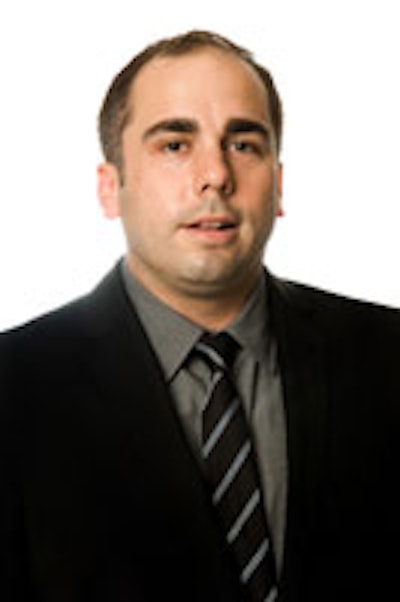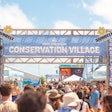
Since Bacardi USA hosted its first B-Live concert series in Miami in early 2005, experiential marketing manager Billy Melnyk has taken the music event, which draws thousands of people every year, global. First expanding internationally to more than 20 countries for one-off concerts throughout that year, he added U.S. stops in Los Angeles and New York in 2006. Then in 2008, the company launched another U.S.-based music series, Bacardi Live Tour, a smaller concert experience that targets a younger demographic.
The distiller combined the two concert series this year, scrapping the Bacardi Live name, in an effort to reach the consumer on a more intimate level, in more markets. The 2009 B-Live mega-concert series—with acts like DJ AM, DJ Jazzy Jeff, and Q Tip—is the largest to date, with 26 scheduled stops in America and 20 other countries worldwide. We spoke to Melynk about how he's expanding the brand’s music programs.
How has Bacardi’s music programming changed for 2009?
We’ve morphed the Bacardi Live and B-Live tours this year to touch the consumer in a more engaging way. We wanted to get more intimate this year, and a lot of our venues hold just 1,500 to 3,000 people, compared to our event in Miami last year that had 7,000. It was also a financial decision so we could do more shows and really span the country.
How are tickets handed out?
Consumers have to go on our Web site and prove their age to order. They’re free in [most] markets, so it’s first come, first serve. Because of the giveaway laws in some states, and the perception that the tickets are worth more than the law’s allotted amount, we do have to charge cover in San Francisco, San Diego, Los Angeles, New York, Boston, New Orleans, and St. Louis. We’re going to donate all the dollars earned to charity.
How do you tailor the event to each city’s demographic?
We have a large collection of talent and look at which bands and DJs have played in each city, how well they performed, and how they were received. In Denver for instance, we have DJ AM and DJ Jazzy Jeff. Both have played and sold out there on their own.
What are some of the challenges you face planning a multi-city tour instead of a one-off concert?
There are always challenges with anything experiential. I’ve worked on tours that were a lot harder, and this fell into place nicely since we planned well in advance. We’ve done so many events with Javalin [a St. Louis-based experiential marketing company] and Embrace [Productions, an Ontario-based music production company], and they’re really good with routing and the technical aspects, so we feel really confident. One of the big challenges we've had, though, is that the acts play a lot of festivals during the summer—especially in the U.K. Some people we wanted weren’t available. Then there were others who originally told us they weren’t available, but when the other event they booked fell through, came back to us wanting to perform.
How did you choose your logistical partners?
We’ve worked with Javalin for nine years now and done some events for Bombay Sapphire, Grey Goose, and others liquors in our brand. They also used to run our Red Hot Road Trip and some winter programs for us up in Toronto. When we started music programs we figured, "Who better than someone strong in logistics?" Embrace Productions is very talented at finding great artists, so I brought them into the fold about six months ago.
Aside from performances and drinks, what do you have planned for guests?
We have a T-shirt station where you can pick your color, size, and screened graphic to make your own T-shirt. There’s also a vending machine where consumers use the tokens they get at the entrance and choose different merchandise like hats, T-shirts, wallets, etc. We’ve also got a poster setup this year. There’s an avid consumer base of poster collectors and graphic designers in the music world. We gave 10 internationally renowned graphic designers our logo and had them create their own design for a poster.
We’re also bringing up the Bespoke Bar, where consumers can choose their ingredients for the bartender to put in their drink. You just have to tell them what you feel like and they’ll come up with a drink that fits your mood and what you’re looking for right then. When the drink’s made in front of you, the consumer gets to see it's not that hard to make a custom drink and can use regular stuff in their fridge to make one.



















